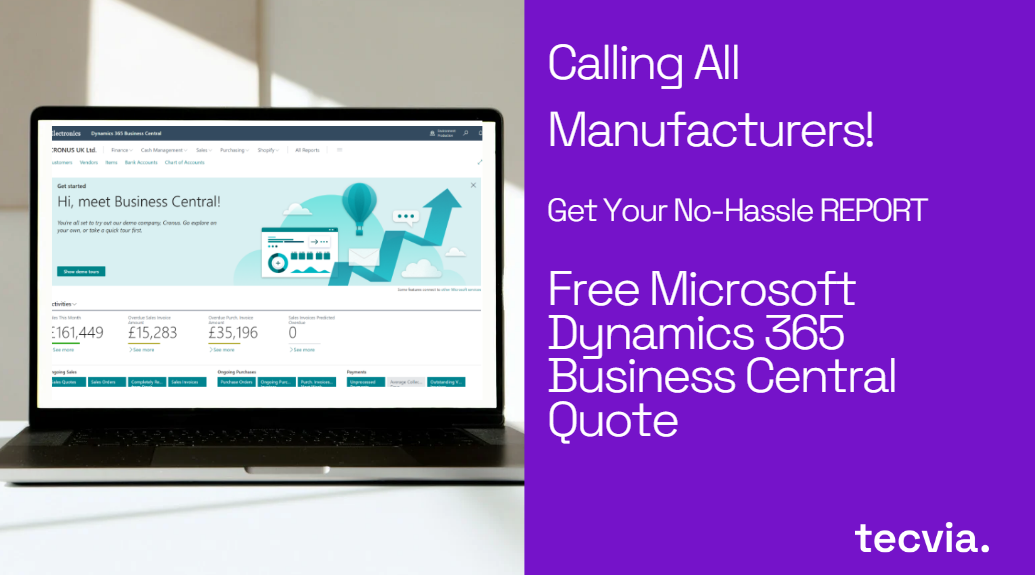For many manufacturers, spreadsheets have long been the go-to tool for managing Material Requirements Planning (MRP). They’re familiar, flexible, and inexpensive, at least on the surface. But as your business grows, what once seemed like a practical solution can quickly become a bottleneck that slows you down, introduces risk, and limits your ability to scale.
If you’re still relying on disconnected spreadsheets for your MRP, it may be time to ask: are they holding your business hostage?
10 Risks of Spreadsheet-Based MRP
1. Easy to Make Mistakes
Spreadsheets rely on people typing and copying numbers. A small error, like a wrong formula or a missing digit, can spread across the whole plan. One mistake can lead to buying too much, not enough, or the wrong materials.
2. Old and Outdated Data
By the time all the numbers are collected and shared, the information is already old. In fast-moving manufacturing, yesterday’s numbers don’t help you make the right decisions today. This means your team is often reacting to problems instead of preventing them.
3. Hard to Work Together
When many people work on spreadsheets, they often save different versions. Soon nobody knows which file is the most recent or the most correct. This creates confusion and slows down important decisions.
4. No Record of Changes
If someone updates a number in a spreadsheet, it’s hard to know who did it or why. Without a history of changes, mistakes can’t be traced back. This makes it harder to fix problems or hold people accountable.
5. Doesn’t Grow With the Business
Spreadsheets might be fine when you’re managing a few products and suppliers. But once you have hundreds of products, more staff, and complex orders, spreadsheets become messy and unmanageable. They simply don’t scale as your business grows.
6. Doesn’t Connect to Other Systems
Your business data lives in many places, sales, purchasing, finance, and production. Spreadsheets don’t automatically connect to these systems, so your team has to copy and paste numbers. This takes extra time and often creates even more errors.
7. Poor Forecasting and Planning
Manufacturers need to test “what if” situations like what happens if sales rise or a supplier is late. Spreadsheets make this difficult and slow. Without fast forecasting, your business can’t adapt quickly to changes in the market.
8. Wastes Valuable Time
Instead of focusing on production and planning, staff spend hours updating and checking spreadsheets. This wasted time adds up week after week. It keeps your team busy with admin work instead of value-adding tasks.
9. Security and Access Risks
Spreadsheets are often emailed around or saved on desktops. Anyone with the file can change it, sometimes by accident. Without proper controls, sensitive data can also end up in the wrong hands.
10. Missed Opportunities to Improve
Disconnected spreadsheets make it hard to see the big picture. You can’t easily spot trends or problems across the whole business. This means you may miss chances to cut costs, improve planning, or serve customers better.
Why an ERP System Works Better
A system like Microsoft Dynamics 365 Business Central solves these problems by bringing all your data into one place. Instead of juggling spreadsheets, it gives you a single source of truth.
Here’s What It Can Do:
- Real-Time Information – Everyone works with the same up-to-date numbers.
- Automatic Planning – The system calculates what you need, factoring in demand, lead times, and supply levels.
- Grows With Your Business – It works whether you’re small or large, and it scales as you expand.
- Teamwork Made Easy – No more version confusion, the whole team works in one system.
- Better Decisions – Built-in reports and insights help you plan ahead instead of reacting to problems.
Time to Move Beyond Spreadsheets
Spreadsheets may have worked when your business was smaller, but now they create more problems than solutions. An integrated ERP like Business Central removes the risks of manual planning and gives you the tools to grow with confidence.
If you want to save time, cut mistakes, and improve planning, it’s time to leave spreadsheets behind.
Final Thoughts
Manufacturing today moves fast. Customers expect quick delivery, suppliers change often, and competition is stronger than ever. Running your MRP in spreadsheets puts your business at risk of falling behind.
By switching to an ERP system like Business Central, you get control, visibility, and the ability to plan with confidence. Instead of fighting with spreadsheets, you and your team can focus on what really matters, making great products and growing your business.


